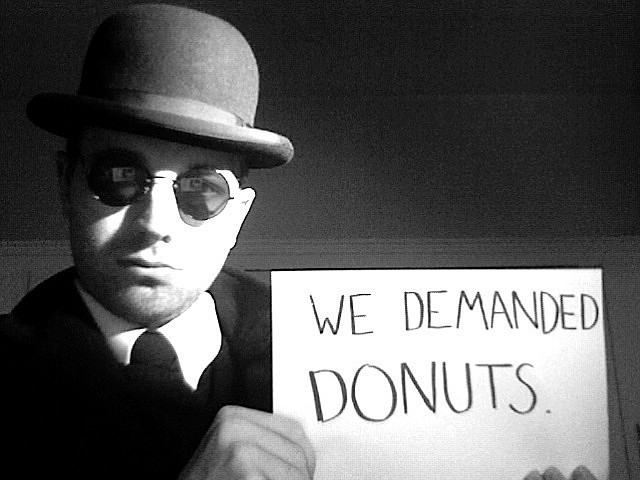Past vs Present Perfect
Past and Present Perfect are two verb forms in the English language that differ in tense. Past tense signifies that an action was completed in the past, whereas present perfect tense indicates that the action has been completed in the present. Understanding the difference between these two forms is essential for using English accurately.
Key Takeaways
- Past tense is used for actions completed in the past, while present perfect tense is used for actions completed in the present.
- Present perfect tense has a connection to the present and is used for a period of time extending from the past until now.
- Using a time tag with present perfect is incorrect, and it is also incorrect to use present perfect without a connection to the present.
What is Past Tense?
Past tense is used to describe actions that were completed in a finished time in the past. For example:
– I looked at my mother from a distance.
– She gave her book to her friend.
These sentences use the past tense verbs ‘looked’ and ‘gave’ to indicate actions completed in the past with no connection to the present. Past tense verbs are often used in narration.
What is Present Perfect?
Present perfect tense is used to describe actions that occurred in the past but have a connection to the present. For example:
– I have done my homework.
– I have forgotten to take my book to school.
These sentences convey that the actions were completed in the past, but they also have a connection to the present. It is incorrect to use a time tag with present perfect tense (e.g., “I have done my homework last night”). To fully understand the difference between past and present perfect, consider this example:
– Hansel grew a moustache, but now he has shaved it off.
This sentence means that Hansel grew a moustache in the past, but he does not have one now.
What is the difference between Past and Present Perfect?
- Past tense signifies actions completed in the past, while present perfect tense signifies actions completed in the present.
- Present perfect tense is used for a period of time extending from the past until now.
- It is incorrect to use a time tag with present perfect tense and to use present perfect without a connection to the present.
- Past tense is commonly used in narration.
